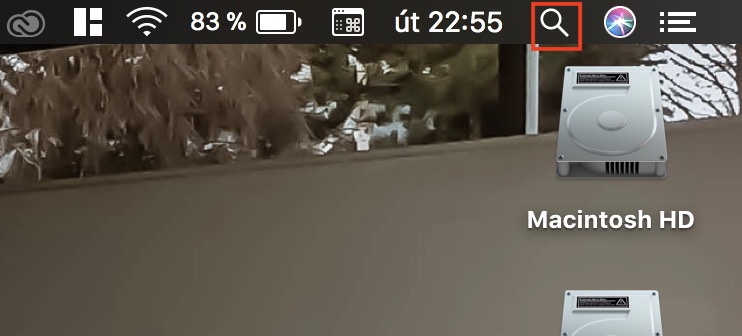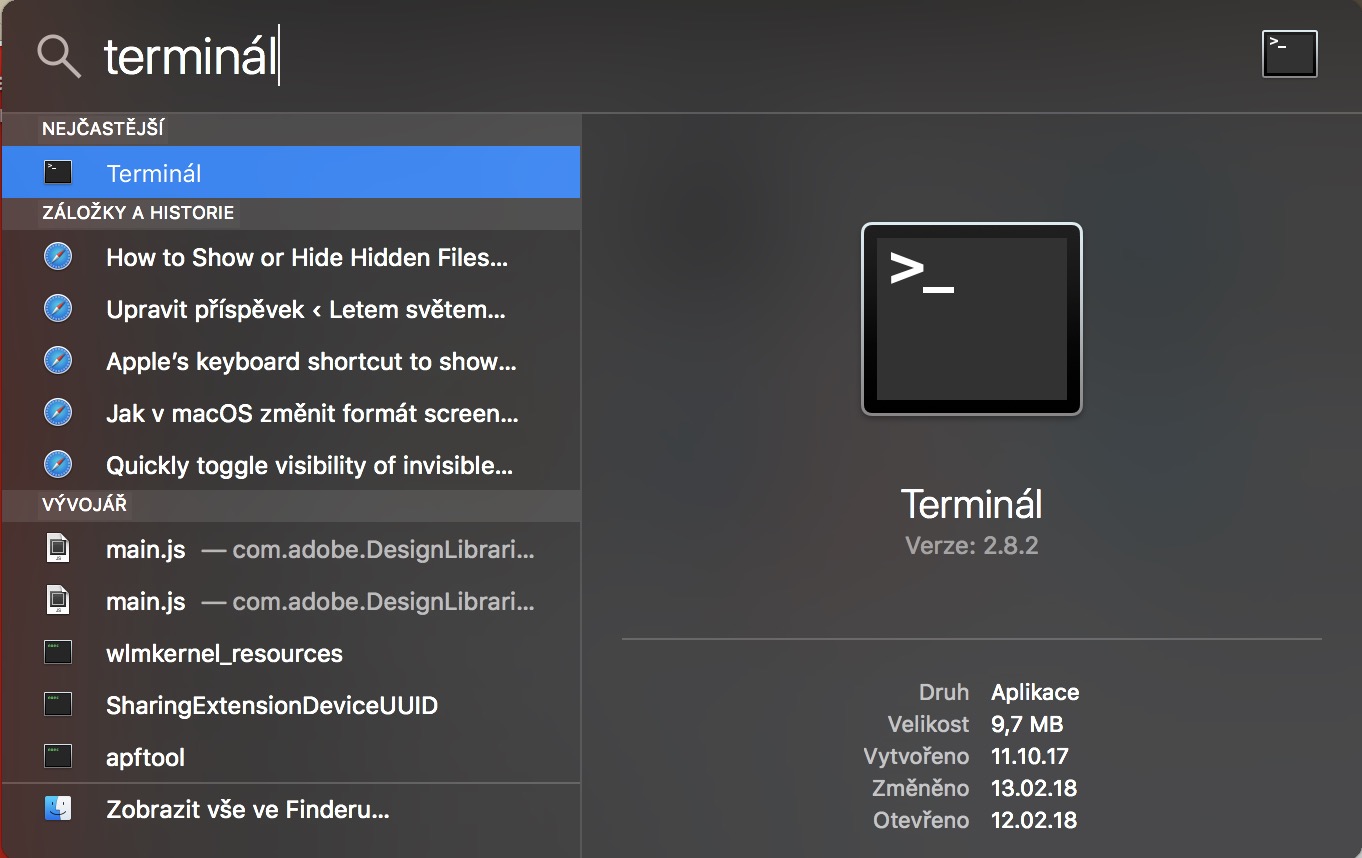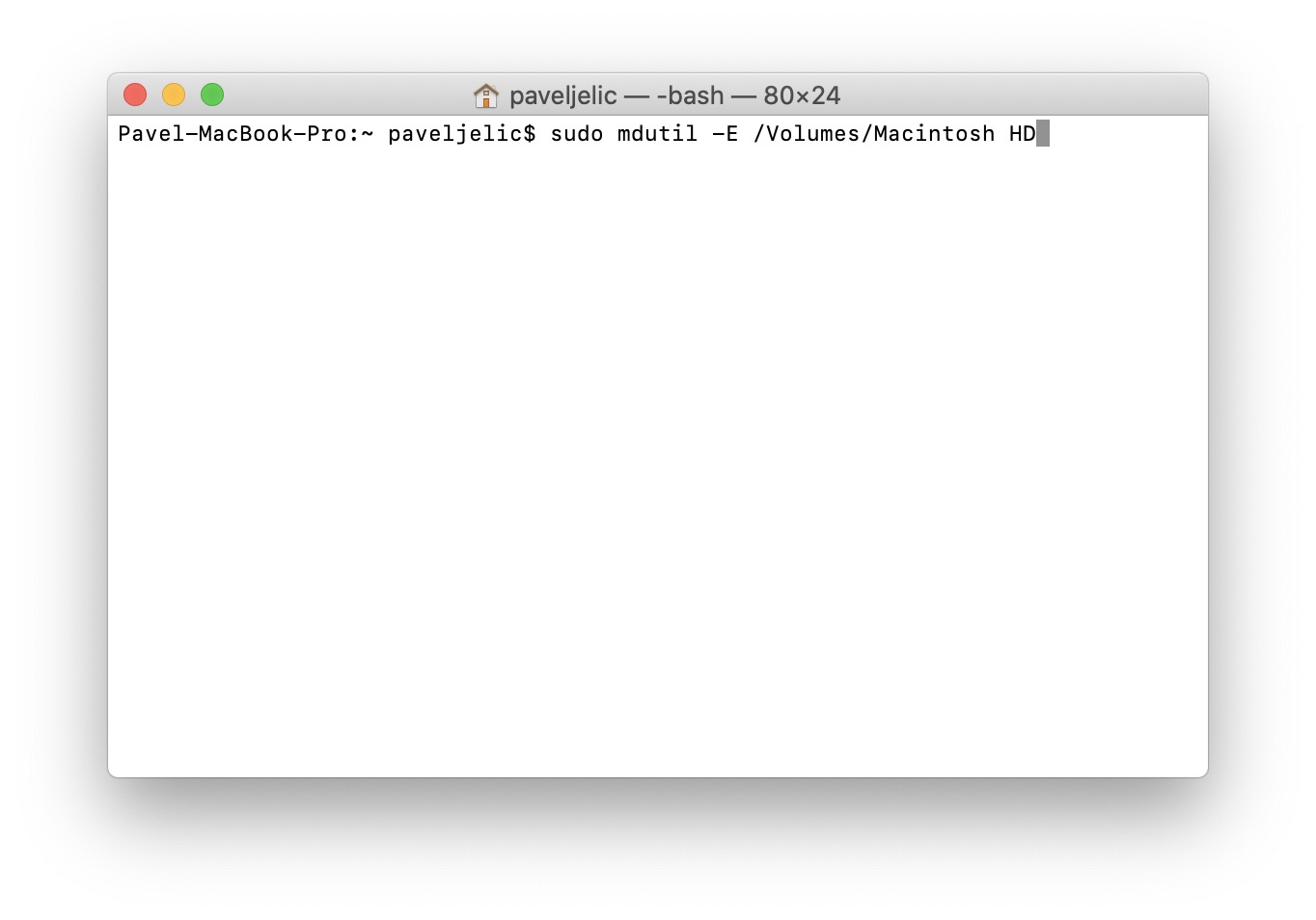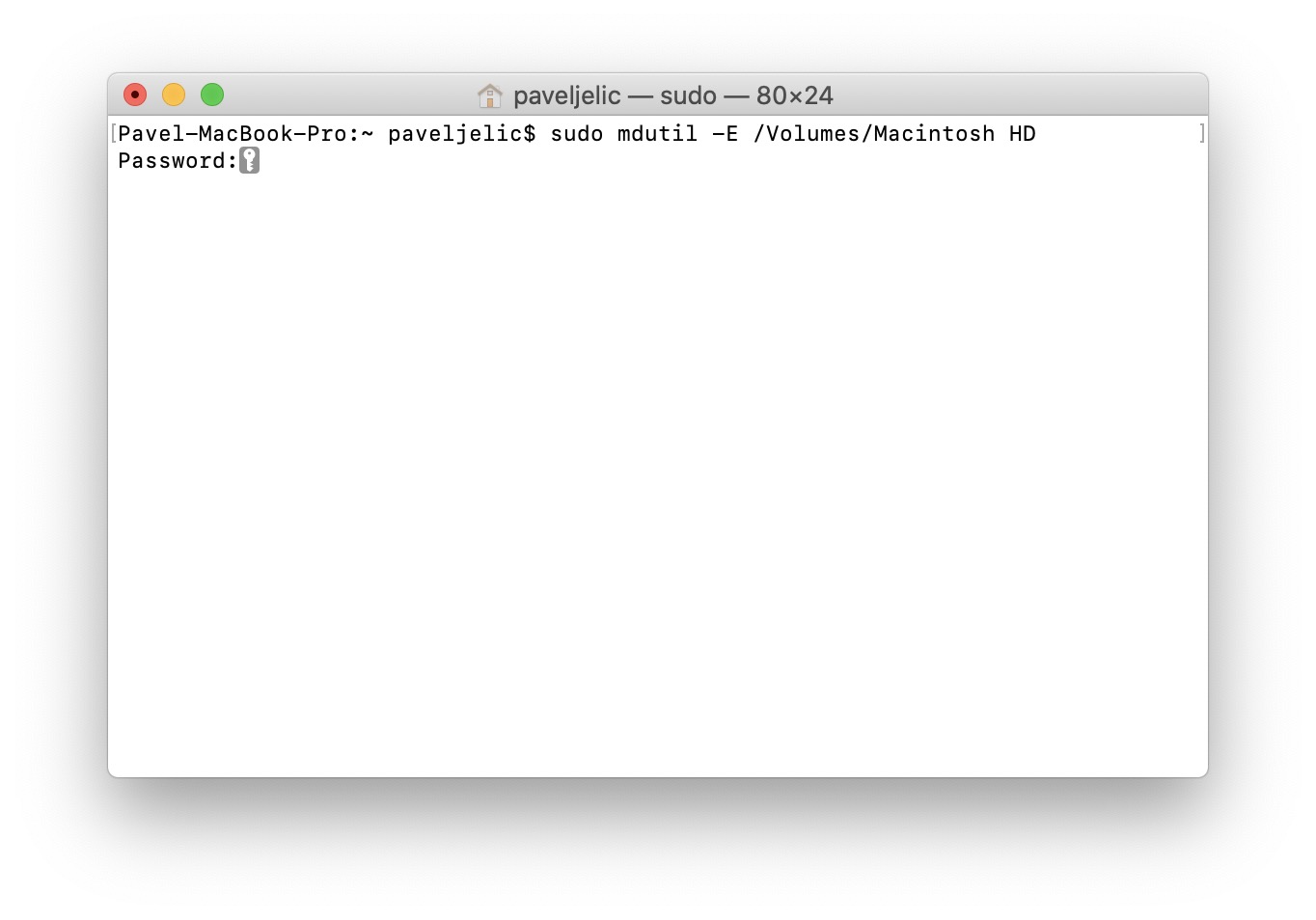Spotlight is something like Google on our Mac. It knows practically everything about where various data and applications are located, and when you need to calculate or look something up, you can use it too. However, after using macOS for a while, Spotlight can become slow and lose track of where different data is located. However, there is a solution to this problem as well - just manually re-index Spotlight, that is, tell Spotlight to re-read information about where the data is located on disk. Thanks to this, Spotlight will once again become a fast and reliable helper. Let's see how in this tutorial.
It could be interest you
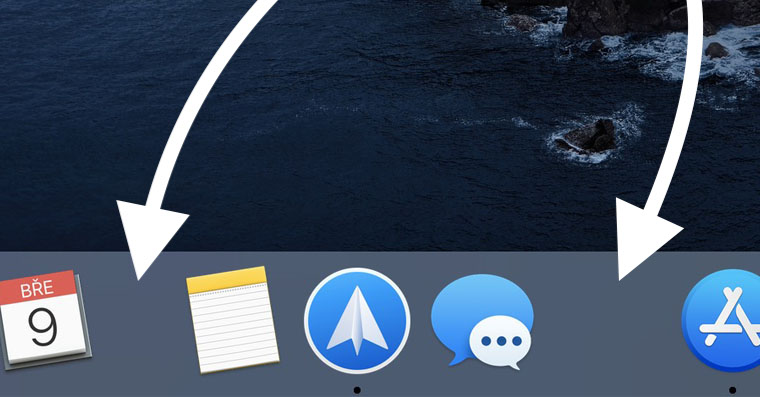
How to Reindex Spotlight on Mac
This entire process for Spotlight's new indexing will take place in the Terminal. You can run this application using either Spotlight (i.e. Command + Spacebar, or magnifying glass in the right part of the top bar), or you can find it in Applications in the folder Utilities. After starting the Terminal, a small window appears in which you enter commands to perform a certain action. Spotlight indexes each connected drive separately. It is therefore necessary to take into account the fact that you may need to call up indexing for each disk separately. You can find the command to start indexing below:
sudo mdutil -E /Volumes/diskname
This command you copy, and then him insert do Terminal. It should be noted that part of the command disk_name you have to manually overwrite to the name of the drive you want to reindex. So if your drive is called for example Macintosh HD, so this is necessary in the command enter the name. In the final, the command will look like this thus:
sudo mdutil -E /Volumes/Macintosh HD
After that, you only need to confirm the command with the key Enter. You will then be prompted by Terminal to enter password to your account. This password enter and confirm again with the key Enter. It should be noted that the password must be entered into the Terminal "blindly" - for security reasons, asterisks are not displayed in the Terminal when entering the password. So the password write and then classically confirm. To enforce new indexing on other disks, it is enough to copy, paste, overwrite the disk name and confirm.
After confirming the command, your Mac may start to freeze slightly or heat up more. This is because indexing is done in the background and its execution requires a certain amount of computing power. You can view the process of creating a new index directly in the Spotlight interface.
